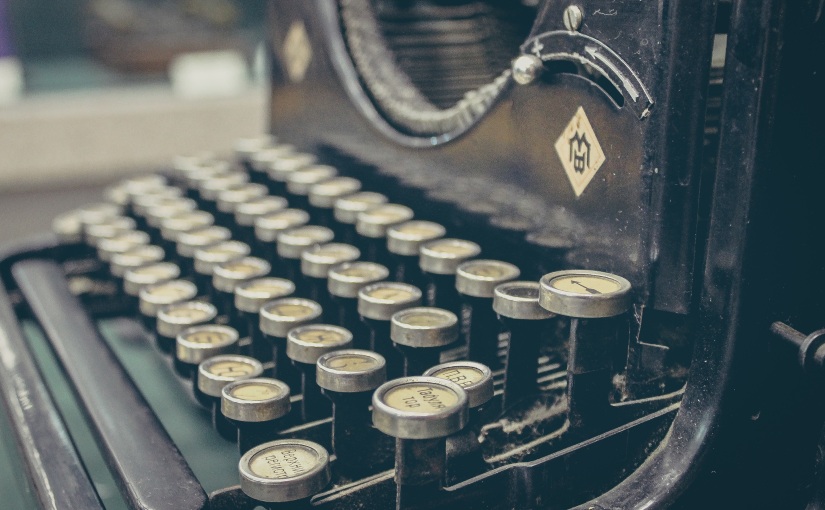Sometimes your creativity kicker just stops kicking. When your mind is empty and you’re pounding your head against a wall of uninspired bulldust, it might be time to take a break and give yourself permission to do something else. While you might have a couple ideas of something else that you know you want to do, here’s 91 other things you can do to stop choking your creative mind:
- Build something awesome
- Turn off your phone and go for a long, long walk
- See how many dogs in your neighborhood you can get barking at once
- Go for a color walk and try to find an object in every color inside or outside of your home
Bonus points: Make sure your colored objects are something naturally occurring, like a plant or animal - Challenge a random pedestrian to a dance-off
- Challenge a driver at a stop light to a dance-off
- Learn a new instrument like the drums, guitar, or piano (no affiliate)
- Teach yourself a new skill
- Teach someone else a new skill
- Prepare a GTFO bag
- Work on your
everyday carryEDC kit - Learn how to and practice walking like a ninja
- Show up at your friend’s house without telling anyone
Bonus points: Make it a friend that lives at least 3 hours away from you - Track down a friend you haven’t had contact with in years
- Call a friend you haven’t talked to in the past 12 months
- Call your Mother / Father / Sister / Brother
- Call your Grandma / Grandpa
Bonus points: show up at your grandparents’ house without telling them - Ask your family for their favorite stories about other family members
- Ask your parents for hilarious stories about yourself/your siblings as toddlers/children
- Start a rhyming text battle with someone
- Start a rhyming battle with a random stranger
- Give someone $20-$50 without them noticing (don’t forget to use your ninja skills)
- Ask homeless people to tell you their best stories
- Go through your closet and donate crap you don’t need
- Go through your house and donate crap you never use
Bonus points: Try to sell some of these things to neighbors and/or strangers - Play bigger and better
- Set up a Fiverr or Etsy account
- Create a 5-20 page children’s storybook, including illustrations
- Go to the library and try to find the most ridiculous book cover ever
- Go to the bookstore and try to find the most and least expensive book in the store
Bonus points: Try to haggle with a manager to increase the price of the least expensive book, and / or lower the price of the most expensive book - Read up on the latest psychological discoveries
- Sell your body to science
- Take a nap and DO NOT SET A TIMER
- Write a motivational speech for someone you know is having a hard time
- Research the details of a religion you’re not familiar with
- Rewrite 7 alternate endings for your favorite book series / TV show / movie / video game
Bonus points: Tell someone who hasn’t gotten to the end of the story your alternate ending. When they see / read the real ending, you will get to laugh and laugh and laugh… - Go to your local university’s free speech zone and ask students to tell you the most interesting thing they learned that day
- Make a plan to build a new habit
- Replay a game from your childhood
- Start a blog or Youtube channel
- Make a stop motion animated video
- Write a 3-5 page script and send it in to your local News Station
Bonus points: Challenge them to actually use the script in their newscast - Offer to babysit for a friend so they can have an epic date night
- Plan and run an epic date night for your friends who don’t have kids
Bonus points: Set up the date between two of your friends who aren’t dating - Go door-to-door and collect donations for a charity
- Call your mayor and ask him about the city’s plans for prosperity in the event of a nuclear fallout
- Download a free-to-play Steam game and play uninterrupted for at least 30 minutes
- Talk like a pirate for the rest of the day…
- … after making a customized paper pirate hat
- Learn a new language
- Make a friend from a foreign country
- Research and listen to music from a foreign country
Bonus points: Ask your new foreign friend for their favorite band - Listen to music from a genre that you can’t stand for at least an hour
- Try to write a song in a genre you can’t stand
- Learn some really long words
- Ask a guy to teach you some manly skill (like changing your oil)
- Ask a girl to teach you some womanly skill (like folding bedsheets)
- Play your instrument upside down
- Invent a new board game
- Invent a new card game
- Invent a cardboard game
- Build a snowman
Bonus points: Build a snowman without any snow - Read a comic book
- Write / draw a short comic
- Write / draw a satire
- Do a drawing tutorial
- Watch a kid’s movie and consider its political meaning
- Daydream about the perfect kids movie
- Daydream about the perfect video game
- Investigate career paths that you could take with your hobbies
- Plan a global adventure
- Take the lyrics of 2-12 songs and mash 3-7 word phrases into one song
Bonus points: Mash genres together (aka metal mashed with dubstep, pop, and country) - Take the characters of one story and imagine what would happen if you plopped them into another story
- Imagine how your favorite story would have been different if the villain was the hero and vice versa
- Learn a martial art
- Research a single year in history
- Browse random articles on Wikipedia
- Create alter egos for yourself and your family / friends
- Read a self-help book for something you don’t need help with
- Make a thank you / birthday card from scratch
- Create a scavenger hunt for someone
- Make a plushie for yourself, and a matching one for a friend
Bonus points: Personalize the plushies so they reflect your personalities - Genre-mash movies (Western + Superhero + Mecha)
- Watch an anime
- Write uninterrupted in a journal
- Make paper airplanes and see how far you can get one to fly
- Make the most delicious paleo (insert any other diet) meal you can with items already in your fridge / kitchen
- Sign up for a free trial of a game (Runescape, World of Warcraft; something of the like)
- Go to the park and see if you can Disney Princess a squirrel into your hand
- Play on a kid’s playground (when kids aren’t on it, of course)
- Come up with a list of 91 things to do with your best friend / significant other / brother / whoever
That’s it. 91 ways to beat your creative block and come up with awesome ideas. Have any more suggestions? Let ’em rip in the comments!














